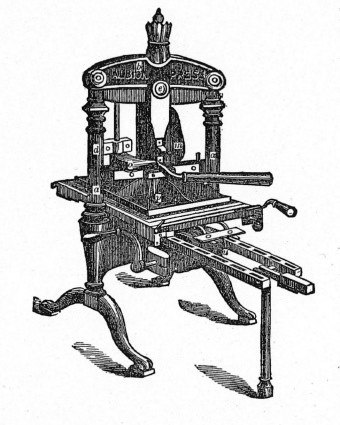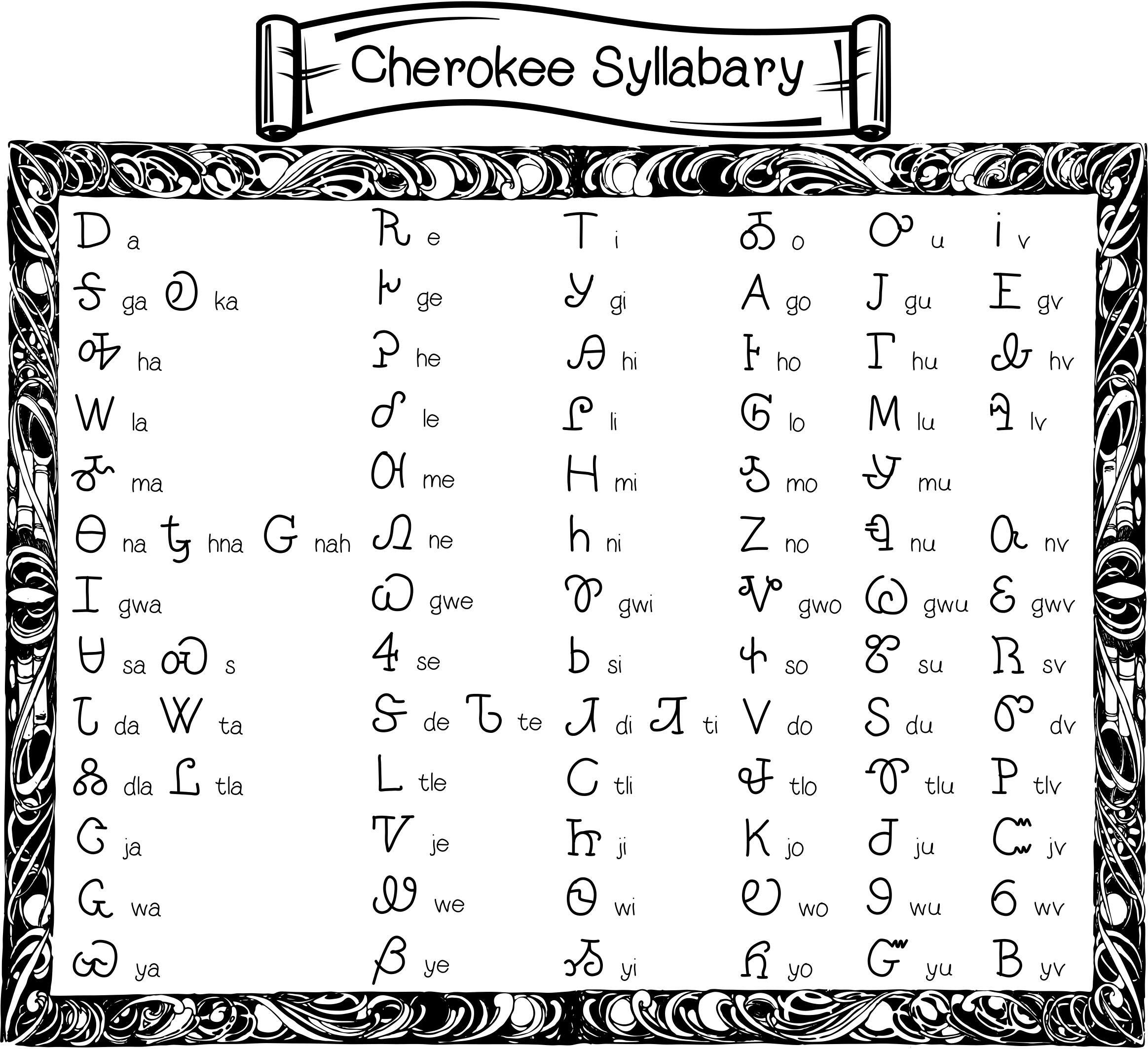Early Modern Period
My work for the early modern period focuses on the first edition of the Cherokee Phoenix newspaper.
The Cherokee Phoenix: The first edition of the Cherokee Phoenix was published on February 21, 1828. It marked a historic milestone as the first newspaper to be printed in a Native American language. It was printed side by side in the Cherokee Syllabary and English. It was edited by Elias Boudinot, a member of the Cherokee Nation, and published in New Echota, the capital of the Cherokee Nation (History of). The paper was aimed to unify the Cherokee community and advocate for their rights. A large part of this was fighting against increasing pressures from the government about relocation and land succession (Malone 166). By printing in both English and Cherokee, it improved iteracy and education within the Cherokee community (Malone 165) and was able to reach a wider audience.
The printing press:
The first printing press was invented in the mid-fifteenth-century Europe by Johann Gutenberg. This press was made up of a type-mold for casting letters, a screw mechanism for applying pressure, and a flat surface to hold the paper and type securely in place (Moran 281).
The printing press continued to adapt and develop over the next few centuries. By the 1800's, the cylinder press was created by Friedrich Koenig. It incorporated a rotating cylinder that rolled over the character keys, alloweing for continuous paper feeding, significantly increasing printing speed and volume. Koenig’s press also included a steam engine to power the machine and increase speed even more (Moran 286). The first successful model of the cylinder press was used by “The Times” in London in 1814, before it eventually made its way to America.
How it was made: The first edition of the Cherokee Phoenix was printed on a cylinder press that had to be transported to Georgia. This press was specialy adapted to contain keys of both english and the newly established Cherokee syllabary. This syllabary was a unique writing system developed by Sequoyah in the early 19th century. Sequoyah was inspired by the written English words he encountered and began work in 1809 to create a written Cherokee language (Boudreau). He attempted multiple systems, including pictorial signs, until he devised a successful system of 86 symbols. Each symbol represented a syllable of the Cherokee language. He incorporated elements from English, Greek, and Hebrew alphabets, and completed the syllabary in 1821 (Boudreau).
This syllabary dramatically enhanced Cherokee literacy and facilitated rapid written communication within the community. The Cherokee Nation officially adopted it in 1825, recognizing its value by funding the establishment of a national academy and a printing office in New Echota, Georgia (Boudreau). To accommodate this syllabary, the printing press for the Cherokee Phoenix required complex adaptations. Type molds for each of the syllabary’s characters were created which enabled the Cherokee Phoenix to print its content billingualy.


